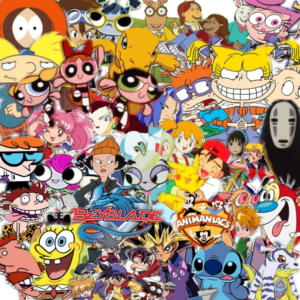Different types of Cartoons
1. Animated TV Series
-
- Children’s Cartoons: These are animated series primarily aimed at children and often feature colorful characters and educational content. Examples include “SpongeBob SquarePants,” “Dora the Explorer,” and “Peppa Pig.”
- Teen and Tween Cartoons: These are animated series designed for older children and teenagers. They may explore more complex themes and storylines. Examples include “Avatar: The Last Airbender” and “Teen Titans Go!”
- Adult Cartoons: These are animated series created specifically for adults and often contain more mature themes, humor, and content. Examples include “The Simpsons,” “Family Guy,” and “South Park.”
2. Animated Movies
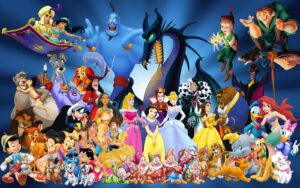
- Feature-Length Animation: These are full-length animated films that are typically shown in theaters. Examples include Disney classics like “The Lion King” and Pixar films like “Toy Story.”
- Anime Movies: Japanese animated movies, known as anime, cover a wide range of genres and often have a strong following both in Japan and internationally. Examples include “Spirited Away” and “Your Name.”
- Traditional Hand-Drawn Animation: This classic technique involves drawing and animating each frame by hand. Examples include Disney’s early classics like “Snow White and the Seven Dwarfs.”
- Computer-Generated Imagery (CGI): CGI animation uses computer software to create 2D or 3D visuals. Pixar’s “Toy Story” was a groundbreaking example of CGI animation.
- Stop-Motion Animation: Stop-motion involves photographing physical objects or characters in incremental movements to create the illusion of motion. “Wallace & Gromit” and “Coraline” are notable examples.
- Claymation: A subset of stop-motion, claymation uses malleable clay figures for animation. “Chicken Run” and “Shaun the Sheep Movie” are well-known claymation films.
3. Web Cartoons
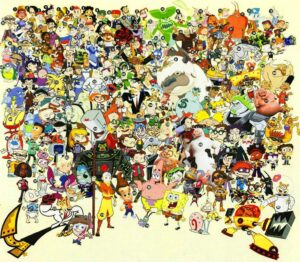
-
- Web Series: With the rise of the internet, there’s been an increase in web-based animated series. These can range from short episodes to longer narratives, and they cover a wide array of genres and styles.
- Accessibility: Web cartoons are easily accessible to a global audience through platforms like YouTube, Vimeo, and independent websites. Viewers can watch them on various devices, including computers, smartphones, and tablets.
- Diverse Content: Web cartoons cover a wide range of genres and themes, catering to diverse tastes and interests. They can include comedy, drama, science fiction, fantasy, romance, and more.
- Independent Creators: Many web cartoons are created by independent animators and storytellers. These creators often have full creative control over their projects, allowing for unique and innovative content.
- Short Episodes: Web cartoons often consist of short episodes, making them easy to consume in smaller time increments. This format is well-suited for online viewing and social media sharing.
4. Comic Strips and Panels
- Newspaper Comics: These are humorous or satirical illustrations, often published in newspapers, magazines, or online. Examples include “Calvin and Hobbes” and “Dilbert”.
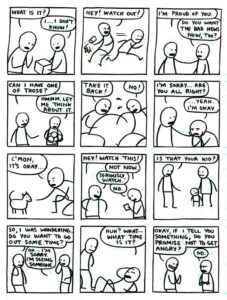 Sequential Art: Comic strips and panels are a form of sequential art, where a series of images (panels) are presented in a specific order to tell a story or convey a message. The arrangement of panels guides the reader’s eye and understanding of the content.
Sequential Art: Comic strips and panels are a form of sequential art, where a series of images (panels) are presented in a specific order to tell a story or convey a message. The arrangement of panels guides the reader’s eye and understanding of the content.- Visual and Textual Elements: Comic strips combine visual elements (illustrations, characters, settings) with textual elements (dialogue, narration, sound effects). The combination of visuals and text is essential for conveying the story or humor.
- Variety of Themes: Comic strips and panels cover a wide range of themes and genres, including humor, satire, adventure, romance, mystery, and science fiction. They can target different age groups and interests.
5. Political and Editorial Cartoons
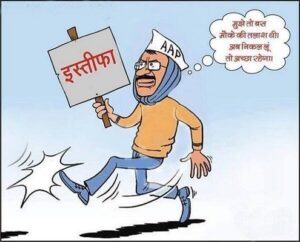
-
- Editorial Cartoons: These are cartoons that use satire and caricature to comment on current events, politics, and social issues. They are typically found in editorial sections of newspapers and magazines.
- Symbolism and Metaphor: Cartoonists employ symbolism and metaphor to convey their messages. Objects, animals, and symbols are often used to represent complex ideas or concepts, making the cartoons accessible and thought-provoking.
- Humor and Wit: Humor is a fundamental element of political and editorial cartoons. Cartoonists use humor to engage readers and provoke thought while addressing serious topics. Clever wordplay and puns are common.
6. Educational Cartoons
-
- Preschool Educational Shows: These animated series are designed to teach young children basic concepts, such as numbers, letters, and social skills. Examples include “Blue’s Clues” and “Sesame Street.”
- Preschool Educational Shows: These animated series are designed to teach young children basic concepts, such as numbers, letters, and social skills. Examples include “Blue’s Clues” and “Sesame Street.”

- Sesame Street: An iconic educational program that has been teaching children about letters, numbers, and social skills for decades. It features beloved characters like Big Bird, Elmo, and Oscar the Grouch.
- Blue’s Clues: This interactive show features a host who encourages children to participate in solving puzzles and learning through clues left by a blue dog named Blue. It emphasizes critical thinking and problem-solving.
- Educational Animations: Animated content created to explain complex subjects or processes in an engaging and informative way. These can range from history lessons to science explanations.
7. Anime

-
- Artistic Diversity: Anime is known for its diverse artistic styles, which can range from highly detailed and realistic to exaggerated and fantastical. The art style often complements the genre and mood of the anime.
- Cultural Influence: Many anime productions incorporate elements of Japanese culture, history, folklore, and mythology. However, anime is not limited to Japanese themes and often explores universal themes and settings.
8. Short Films

-
- Diverse Genres: Short films cover a wide range of genres, including drama, comedy, science fiction, horror, animation, documentary, and experimental. This diversity allows filmmakers to explore various themes and styles in a compact format.
- Storytelling: Short films often focus on concise storytelling, requiring filmmakers to deliver a compelling narrative within a limited timeframe. This can lead to creative and impactful storytelling techniques.
These are just a few examples, and there are countless subgenres and styles within the world of cartoons. The diversity of cartoons allows them to cater to a wide range of tastes and interests, making them a versatile and beloved form of entertainment and artistic expression.

